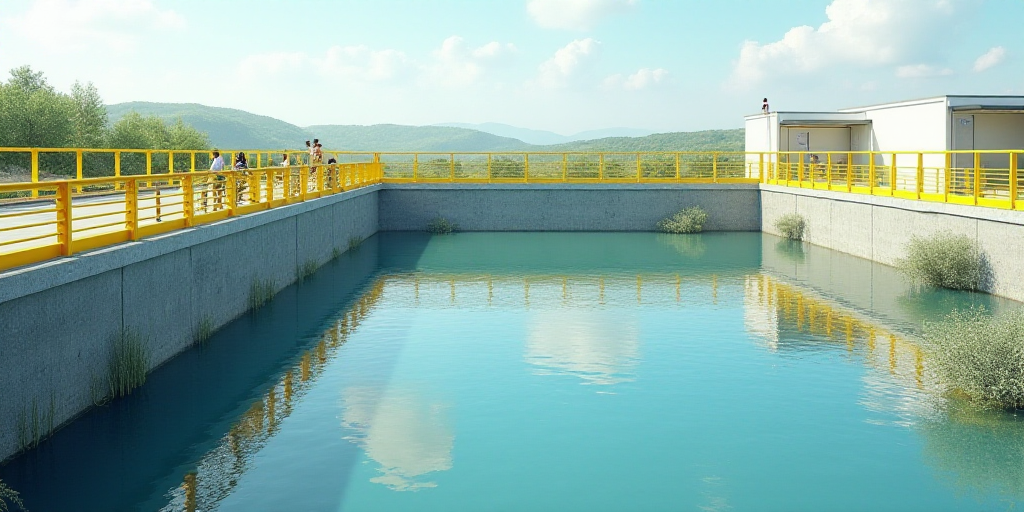The Global Challenge of Plastic Waste
Every year, over 430 million tonnes of plastic are produced, with a significant portion ending up as waste after single-use. The issue isn’t just the sheer volume but how we consume and dispose of plastic, particularly in oceans. This year, the United Nations has set its focus on “No Plastic Pollution,” urging global attention to the growing plastic waste crisis.
The Significance of World Environment Day
Established by the United Nations Environment Programme (UNEP) in 1973, World Environment Day serves as the largest global platform for environmental advocacy. It encourages reflection on building a sustainable future and presents real-world solutions to environmental challenges, including those posed by plastic pollution.
Israel’s Desalination Success
In the past two decades, Israel has demonstrated a remarkable shift from water scarcity to abundance. Despite having underground aquifers, rising global temperatures and reduced rainfall led to increasingly saline groundwater, rendering it unfit for drinking. In response, the Israeli government embarked on an ambitious plan to build five large-scale desalination plants.
The Desalination Process
Desalination removes salt from seawater, offering a dual benefit: addressing water scarcity and mitigating microplastic contamination. The process primarily employs reverse osmosis, which separates salt and impurities from water under pressure through semipermeable membranes.
Sorek Desalination Plant
Mark Damatov, the financial director of Sorek Operation And Maintenance Company in Tel Aviv, explains that Sorek was once the world’s largest desalination plant. It transforms Mediterranean seawater into potable water, supplying 80% of Israeli households. The remaining 20% comes from alternative sources like rainwater or the Jordan River.
The desalination process involves collecting seawater, filtering it through various stages, allowing suspended particles to settle, and finally applying reverse osmosis to separate salt and impurities from the water.
Benefits and Challenges
Reverse osmosis is energy-efficient compared to other desalination methods, generating up to 4.5 times fewer greenhouse gas emissions. It doesn’t harm marine ecosystems and can partially recuperate the energy used in the process. However, challenges remain, such as managing brine discharge and energy consumption.
Key Questions and Answers
- What is desalination? Desalination is a process that removes salt and other minerals from seawater to produce freshwater.
- Why is reverse osmosis important? Reverse osmosis is a highly effective and energy-efficient method for desalination, minimizing environmental impact.
- What are the benefits of Israel’s desalination efforts? Israel has achieved water sufficiency, protects its seas from microplastic pollution, and can export water to neighboring countries like Jordan.
- What challenges does desalination face? Despite its advantages, desalination grapples with managing brine discharge and energy consumption.






